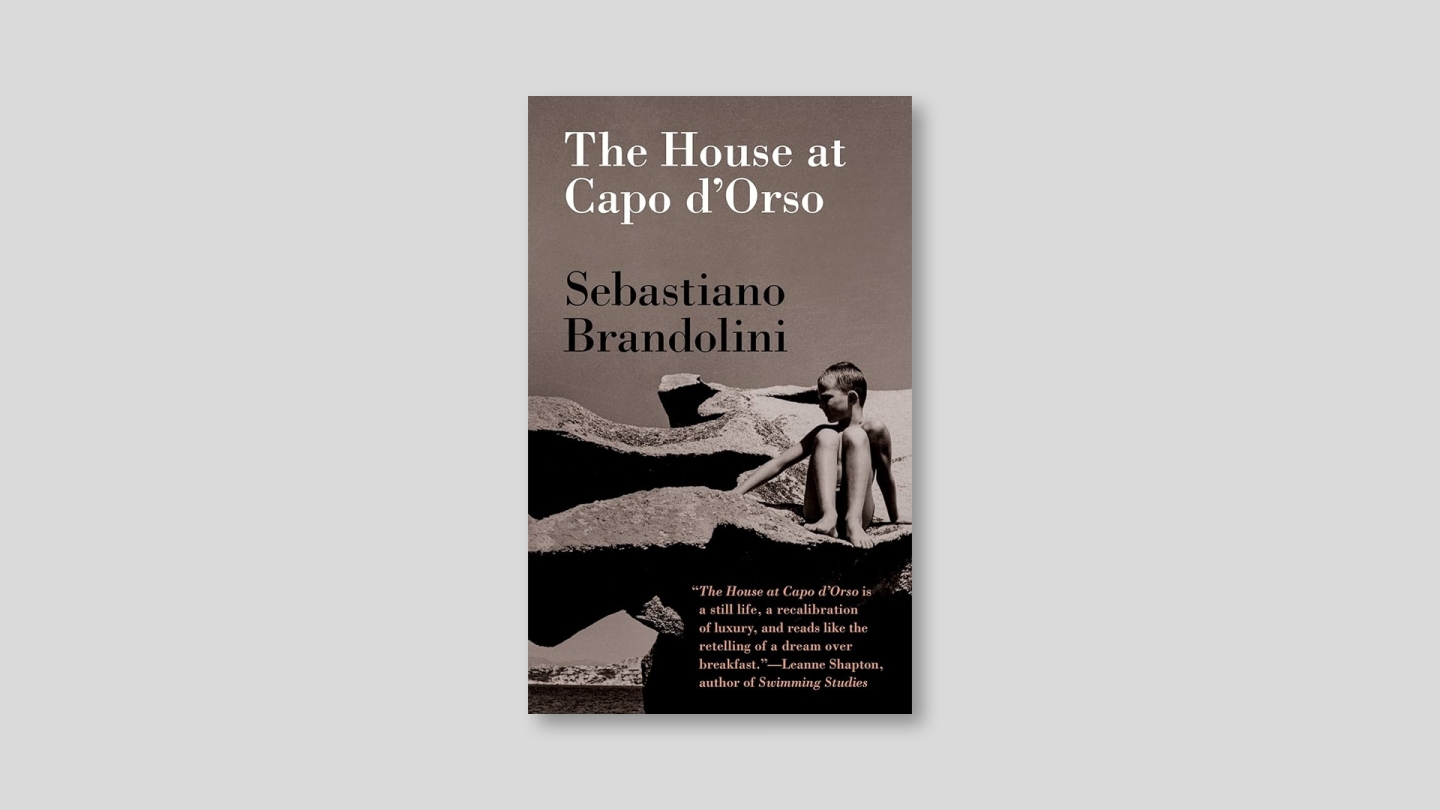On The House at Capo d’Orso
Sebastiano Brandolini

Sebastiano Brandolini will speak on his recent book entitled The House at Capo D’Orso, which is a meditative tour of his family’s house on the Sardinian coast. From describing everything from the geology of the rocks beneath, to the history of the surrounding villages, to the way the shifting light measures the day, he writes about how the house frames a family’s life and art, suspended in memory. More than the story of a single summer home written by an accomplished architect, this is a study of how place, the built environment, and daily practice make up our lives, at the most minute level of detail.
Recalling the essays of Walter Benjamin, Bill Bryson, Rebecca Solnit, and Lawrence Weschler, Brandolini’s writing weaves literature, art history, and the transformation of Sardinia since the 1960s into a single fabric.
The House at Capo d’Orso is not only a study of architecture and life in the built environment, but of family life, and the way the Brandolini family adapted themselves to the house they built. For Sebastiano Brandolini’s parents, this meant letting their house influence their work in poetry and visual art, and this book attends carefully to the way houses can guide the creative process. The wind and water of Sardinia change more than the rocks and trees; they invite the imagination itself to form new shapes.
Sebastiano Brandolini is an architect based in Milan, a professor at the Milan Polytechnic, and the author of architectural monographs and guidebooks.
The Berlage Sessions, a seven-part seminar series entitled “About the Book,” examines recent scholarship and their respective book production, from building biographies and academic anthologies to memoirs and novels. Topics will include El Lissitzky’s project for a “horizontal skyscraper,” a meditative tour of a family’s house on the Sardinian Coast, an account of the life and work of the architect Minoru Yamasaki, the role of modernism and material culture played in the aspiring Black American middle class of the early twentieth century, a critical-paranoid investigation of the paradoxes of OMA’s enigmatic Villa Dall’Ava, the emergence of world histories of architecture, and the tenuous relationship of eighteenth-century England to late-capitalist modernity through the lives and times of ceramics entrepreneur Josiah Wedgewood. The series will conclude with a reflection on how and for whom is architectural history is written.